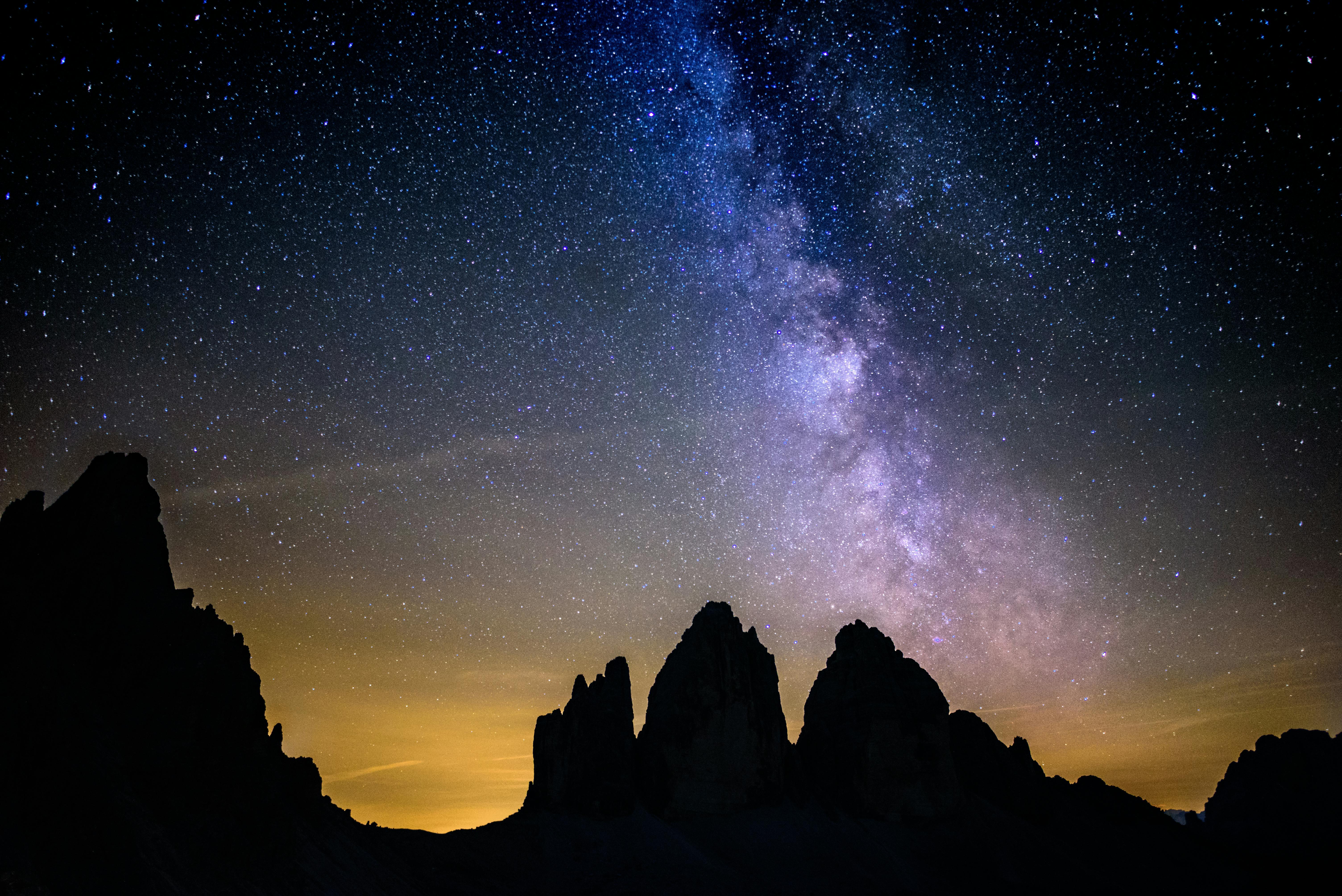Unveiling the Mysteries of Space Tourism: A New Frontier in Travel
The realm of space travel was once exclusive to astronauts and scientists, but with the recent advancements, it has become an exciting possibility for adventurous travelers. This article delves into the fascinating world of space tourism, exploring its history, current trends, and the impact it has on the travel industry and travelers themselves.

Space tourism is not a new concept. It can trace its roots back to the 1960s when Pan American World Airways, a leading international airline, started accepting reservations for the first commercial flight to the moon. Though this was more of a marketing stunt than a genuine service, it planted the seed for commercial space travel.
Fast forward to the 21st century, and we see companies like SpaceX, Blue Origin, and Virgin Galactic making strides in making space tourism a reality. They offer services ranging from suborbital spaceflights to planned missions around the moon, igniting the interest of intrepid travelers.
The current trend in space tourism is largely characterized by its exclusivity. With ticket prices soaring into hundreds of thousands of dollars, it is currently a privilege of the wealthy. However, industry experts predict that as technology advances and more companies enter the market, prices will eventually drop, making space tourism more accessible.
There are several advantages to space tourism. For one, it offers travelers an experience that is truly out of this world. From witnessing the curvature of the Earth to experiencing zero gravity, space tourism offers unique experiences that can’t be replicated on Earth.
On the flip side, there are also challenges. The physical demands of space travel, including the intense G-forces during take-off and landing, could pose health risks. In addition, the environmental impact of rocket launches is a concern that needs to be addressed.
Despite these challenges, the potential impact of space tourism is significant. It could potentially open up a whole new industry, creating jobs and driving innovation in travel technology. Furthermore, it could redefine our concept of a holiday and inspire a new generation of explorers.
Intriguing Aspects of Space Tourism
- The first-ever space tourist was Dennis Tito, an American businessman who paid $20 million for a trip to the International Space Station in 2001.
- Suborbital spaceflights are the most accessible form of space tourism today. They offer a brief few minutes of weightlessness and a stunning view of Earth from space.
- The development of space hotels is on the horizon. Companies like Orion Span and Bigelow Aerospace are planning to launch luxurious accommodations in space, offering tourists longer stays.
As we stand on the brink of a new era in travel, space tourism presents exciting possibilities. It symbolizes human ambition and our innate desire to explore the unknown. While there are hurdles to overcome, the prospect of ordinary individuals venturing into space is becoming increasingly real. As we continue to push the boundaries of travel, who knows what other frontiers we might discover? Space tourism is not just about reaching new heights; it’s about expanding our perspectives, challenging our limits, and redefining what it means to be a traveler.




